The export of Vietnam’s first batch of low-emission rice to the Japanese market has marked a new step forward for the rice industry, aiming to meet standards and quality, affirming the position and brand of Vietnamese rice in the international market. This is considered an initial success, opening up prospects for the rice industry.
The “Low Emission Green Vietnamese Rice” label was developed by the Vietnam Rice Industry Association (VIETRISA) in collaboration with agencies of the Ministry of Agriculture and Environment ; the International Rice Research Institute (IRRI); the Netherlands Development Organization and the World Bank (WB). The “Low Emission Green Vietnamese Rice” label is granted to rice products produced according to the technical process of the 1 million hectare rice project being implemented in the Mekong Delta region.
According to the Vietnam Rice Industry Association, the “Green Vietnamese Rice with Low Emissions” label certificate was granted to 7 enterprises with a total rice volume of about 20,000 tons and the first batch of 500 tons of low-emissions rice was exported by an enterprise in Can Tho to the Japanese market with a selling price of more than 800 USD/ton.
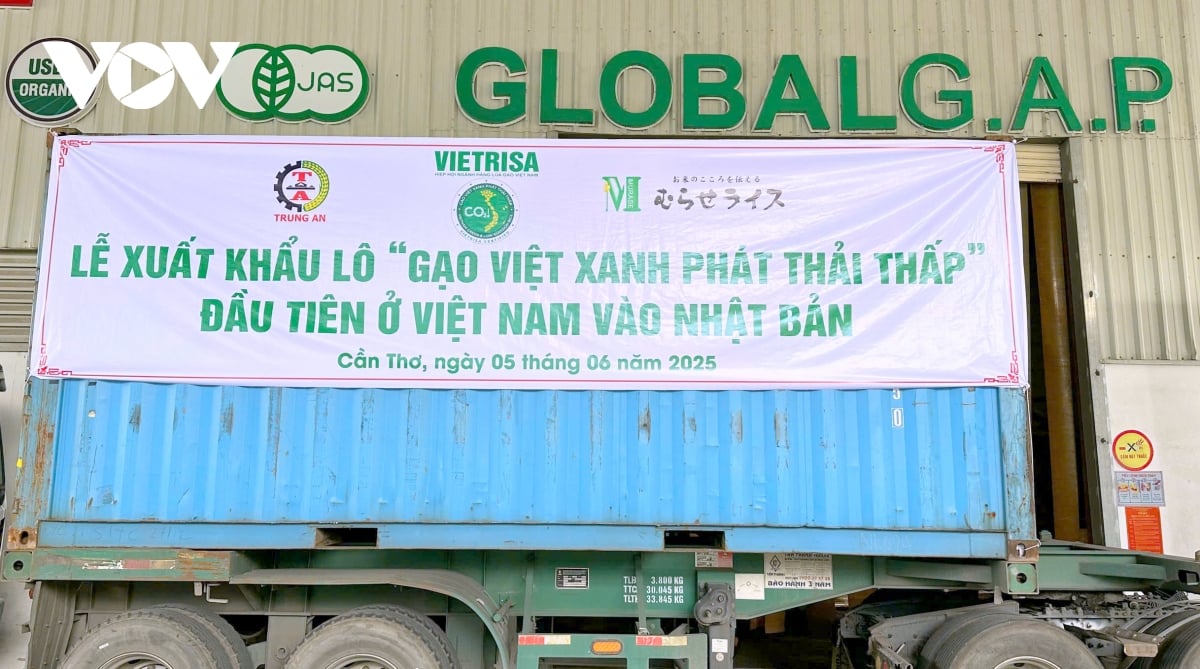
Mr. Bui Ba Bong, Chairman of the Association, said that the “Low-emission Green Vietnamese Rice” brand will meet the standards of international markets, including demanding markets. Along with that, it will build a quality rice growing area, ensure food safety, create high income for farmers, ensure the ecological environment and make an important contribution to the commitment to reduce greenhouse gas emissions.
“The goal of 1 million hectares of high-quality, emission-reducing rice with certified green rice and low-emission rice reaching domestic consumers as well as markets around the world , including the most demanding markets. This is a very long road, ensuring food security, creating high income for farmers, ensuring the ecological environment and contributing to the efforts to reduce emissions and reduce climate change worldwide,” said Mr. Bui Ba Bong.
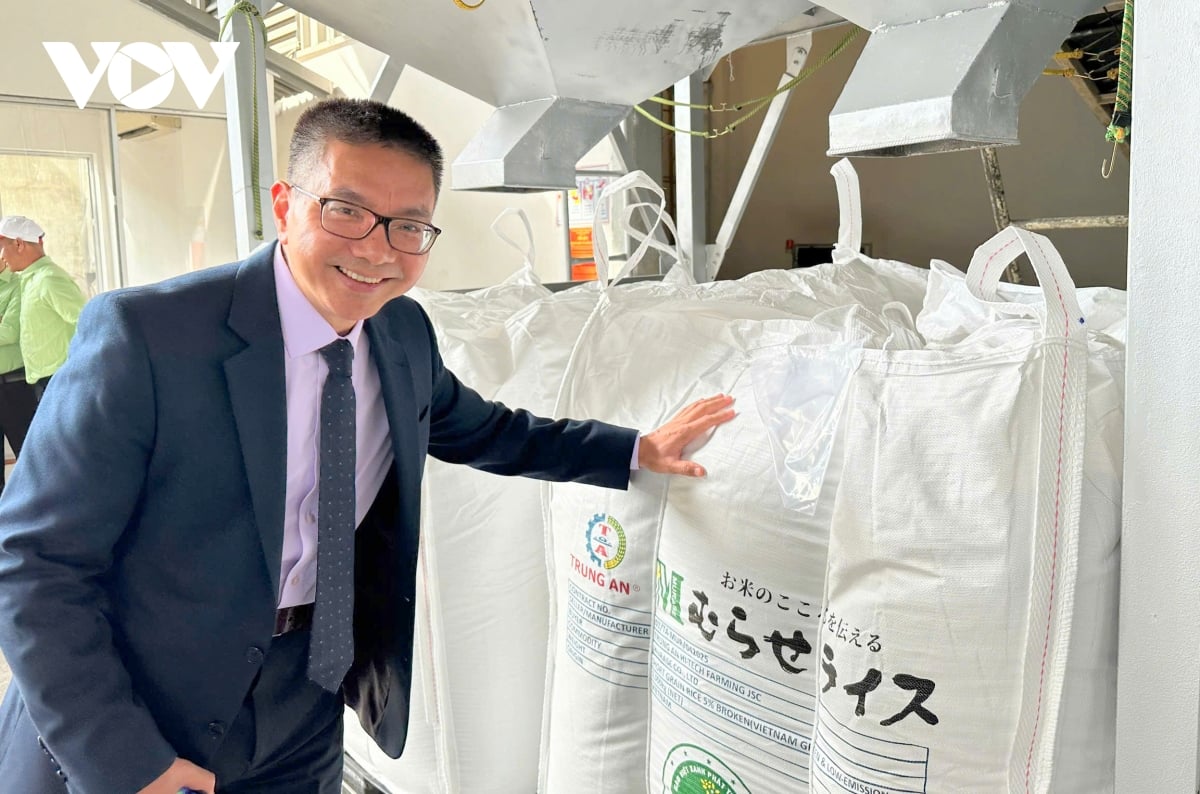
The first Vietnamese enterprise low emission rice export to the Japanese market. Mr. Pham Thai Binh, Trung An High-Tech Agriculture Joint Stock Company, Can Tho City, said that the enterprise has linked with cooperatives, cooperative groups, and people to build raw material areas from planting to harvesting, preservation, and export processing, which is a key factor to ensure a complete production chain. Along with that, each country has its own regulations on food quality and safety, and standards must be followed.
According to Mr. Pham Thai Binh, currently, the demand for high-quality, low-emission rice in the world market is very large, and Vietnam has not yet met the import demand of its partners. Therefore, it is necessary to focus on the production of organic, low-emission rice to meet the needs of domestic and international consumers. Currently, the export price of low-emission rice to the Japanese market is being sold by businesses at 820 USD/ton, higher than other types of rice, ensuring profits for both farmers and businesses. Therefore, expanding the export market for safe, organic rice will create conditions for the Vietnamese rice industry to improve its value and quality.
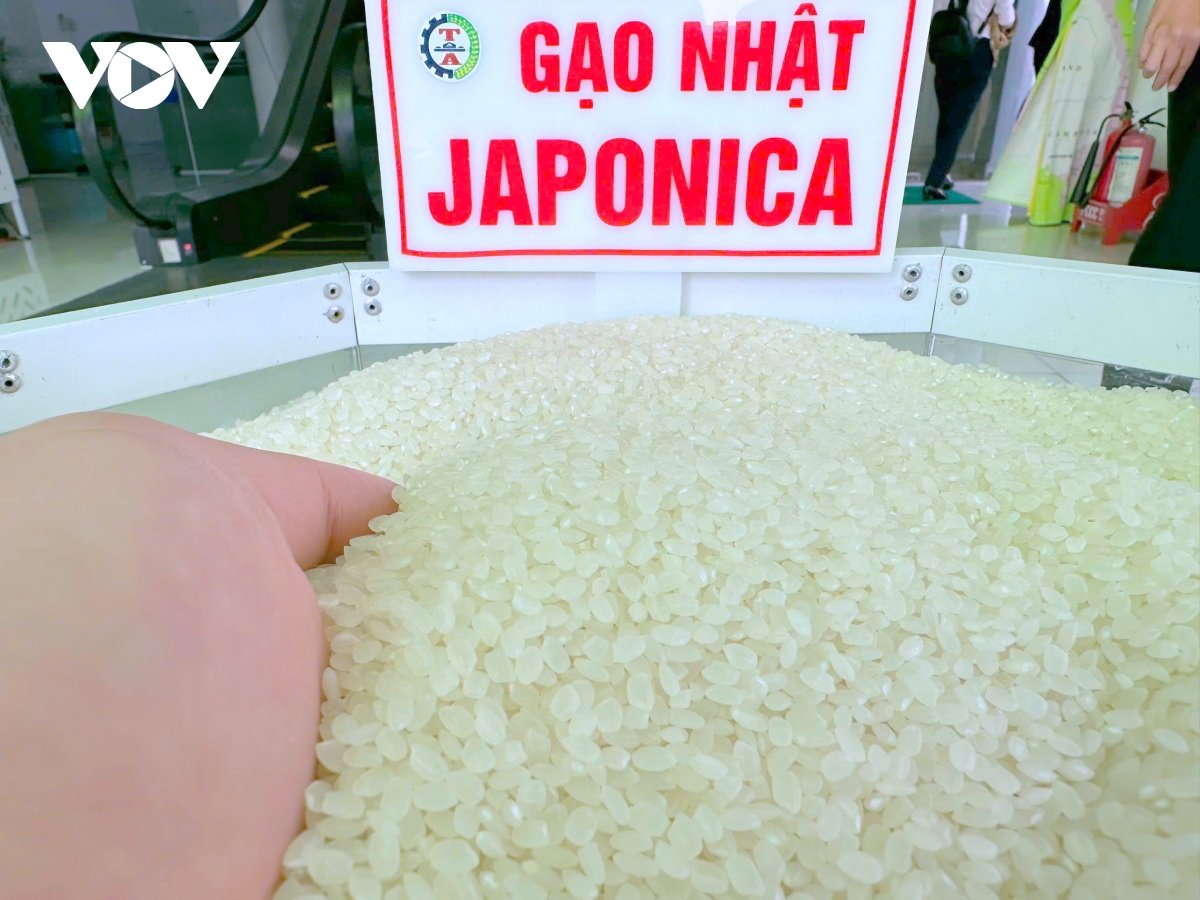
“The connection between enterprises and farmers is an important issue, but we have ensured this issue in the project, the bank has committed to lending. When the project of the enterprise or cooperative is approved, the bank will provide enough capital for us to do this. With all these conditions and the companionship of farmers, cooperatives and enterprises, I believe that in the future, the Vietnamese rice industry will ensure to improve the quality and value of this entire 1 million hectares, not just one or two batches of rice,” said Mr. Pham Thai Binh.
According to Mr. Cao Duc Phat, former Minister of Agriculture and Rural Development, former President of the International Rice Research Institute (IRRI), the project of 1 million hectares of high-quality, low-emission rice in the Mekong Delta is a breakthrough project, creating the premise for the success of Vietnamese agriculture. The project has oriented production towards a sustainable farming model, adapting to climate change and aiming to reduce greenhouse gas emissions. As soon as it was deployed in pilot models and entered the replication phase, people were confident and excited to see practical effects such as reduced costs, increased income, and at the same time contributing to environmental protection.
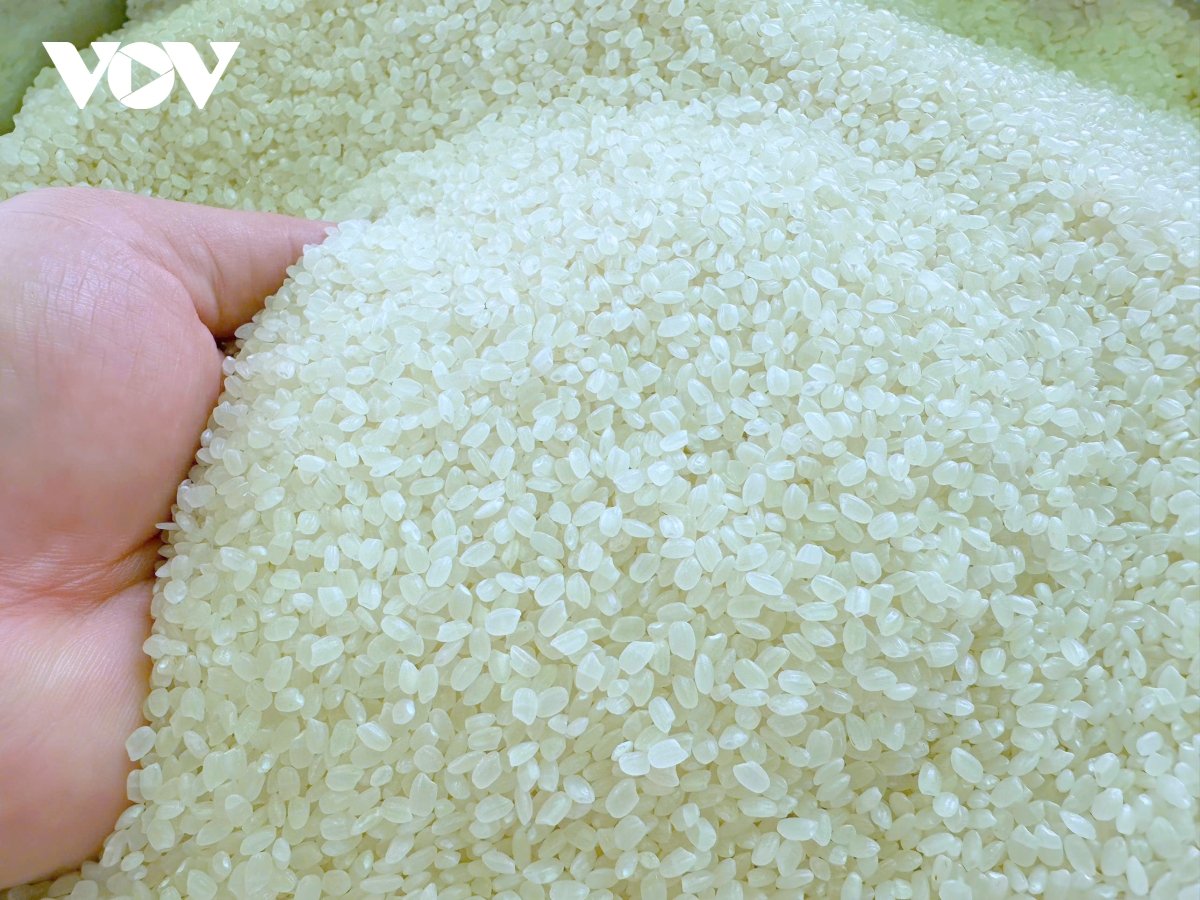
Mr. Cao Duc Phat said that to obtain the label “Green Vietnamese Rice with Low Emissions” is an arduous process, the efforts of many units, in which there is close coordination between ministries, branches, localities and scientists, international organizations, businesses, farmers in deploying and implementing the 1 million hectare rice project. The project not only increases income but also contributes to environmental protection, affirming that Vietnamese agriculture is increasingly expanding, becoming a modern and sustainable agriculture.
“From this success, we will continue to expand the scale of green rice production not only to serve the Japanese market but also other demanding markets around the world. But what I want most is that every Vietnamese farmer is proud of his profession, feels that he is doing a noble job. We not only carry rice but also carry pride, carry passion, carry the dream of a modern, green and sustainable Vietnamese agriculture”, Mr. Cao Duc Phat expressed.
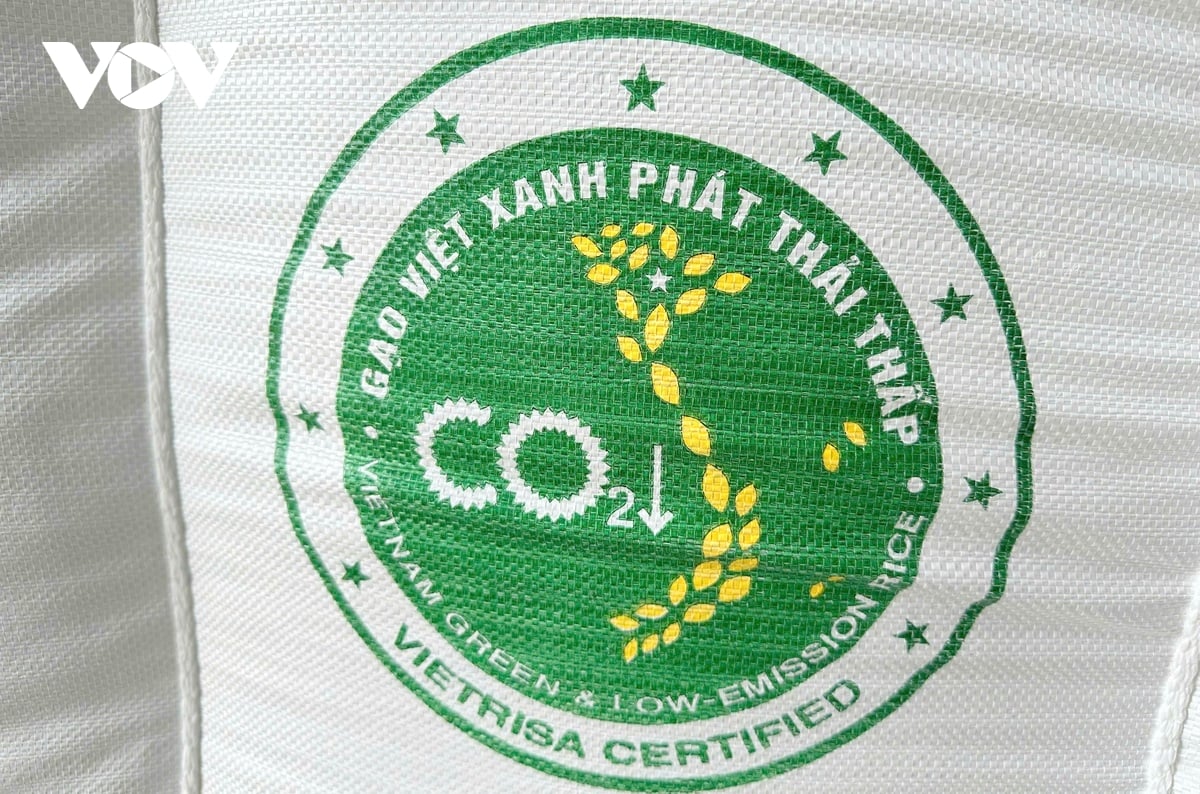
According to Deputy Minister of Agriculture and Environment Tran Thanh Nam, in order to achieve the label "Green Vietnamese Rice with Low Emissions", the project of 1 million hectares of high-quality, low-emission rice in the Mekong Delta has recently received attention and support from the International Rice Research Institute (IRRI); the Netherlands Development Organization (Rice Value Chain Transformation Project - TRVC) and the World Bank (WB), contributing to creating added value for Vietnamese rice.
Deputy Minister Tran Thanh Nam said that Vietnamese rice exported to the Japanese market not only ensures high quality but also meets low emission standards, meeting the needs of Japanese consumers. This also proves that the 1 million hectare project has brought about efficiency and transformed the agricultural production mindset of the people from focusing on output to quality and added value, opening up a new direction for the industry, meeting quality standards and sustainable development for the rice industry.
“Vietnamese rice is not only of high quality when entering the world market, but also meets international standards of green, sustainability, and emission reduction. This could be a milestone to mark a shift in the direction of the Vietnamese rice industry when entering the world market, not only focusing on output and quality, but also ensuring environmental requirements and achieving emission reduction credits according to the world trend that is being set for the whole world,” Deputy Minister Tran Thanh Nam affirmed.
Vietnam's first low-emission rice has been exported to the Japanese market, marking an important turning point for the rice industry in sustainable farming, adapting to the world's consumption trends. Producing low-emission rice requires great efforts from people, cooperatives, businesses and the agricultural sector of localities in implementing the project of 1 million hectares of high-quality, low-emission rice in the Mekong Delta. The evidence of "Low-emission green Vietnamese rice" will not only affirm the brand and quality of the Vietnamese rice industry in the world market but also aim for sustainability, prosperity and demonstrate Vietnam's commitment to reducing greenhouse gas emissions to the international community.
Source: https://baohungyen.vn/gao-giam-phat-thai-vao-thi-truong-quoc-te-khang-dinh-vi-the-gao-viet-nam-3181693.html


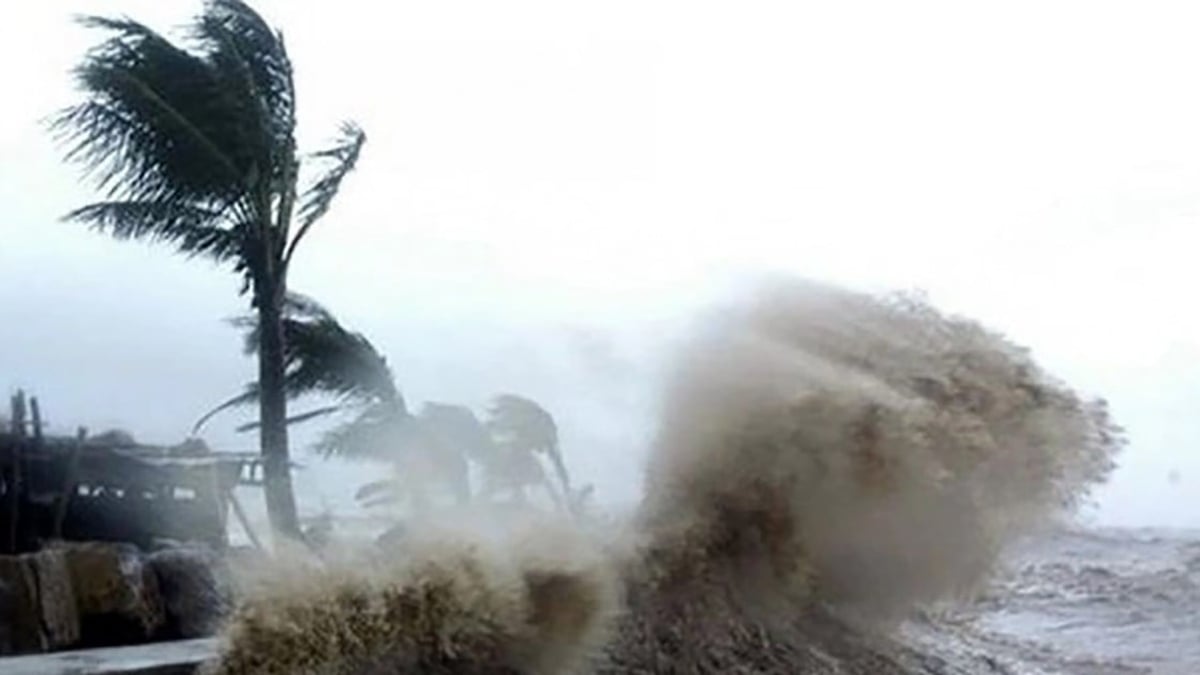

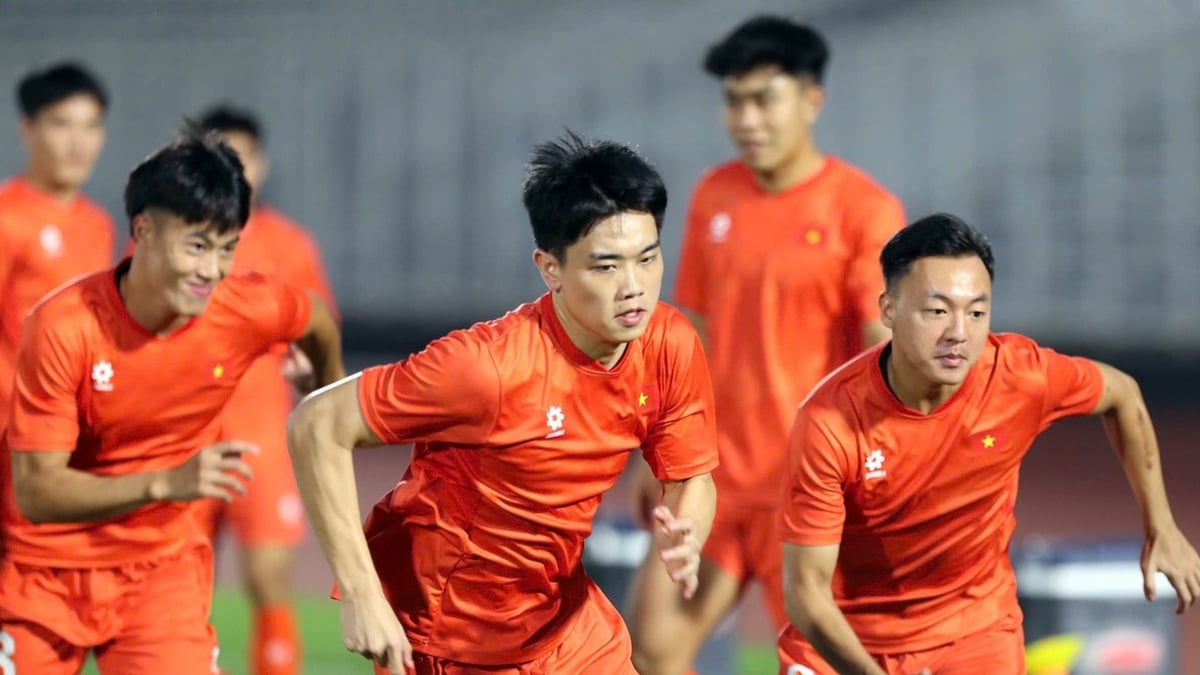
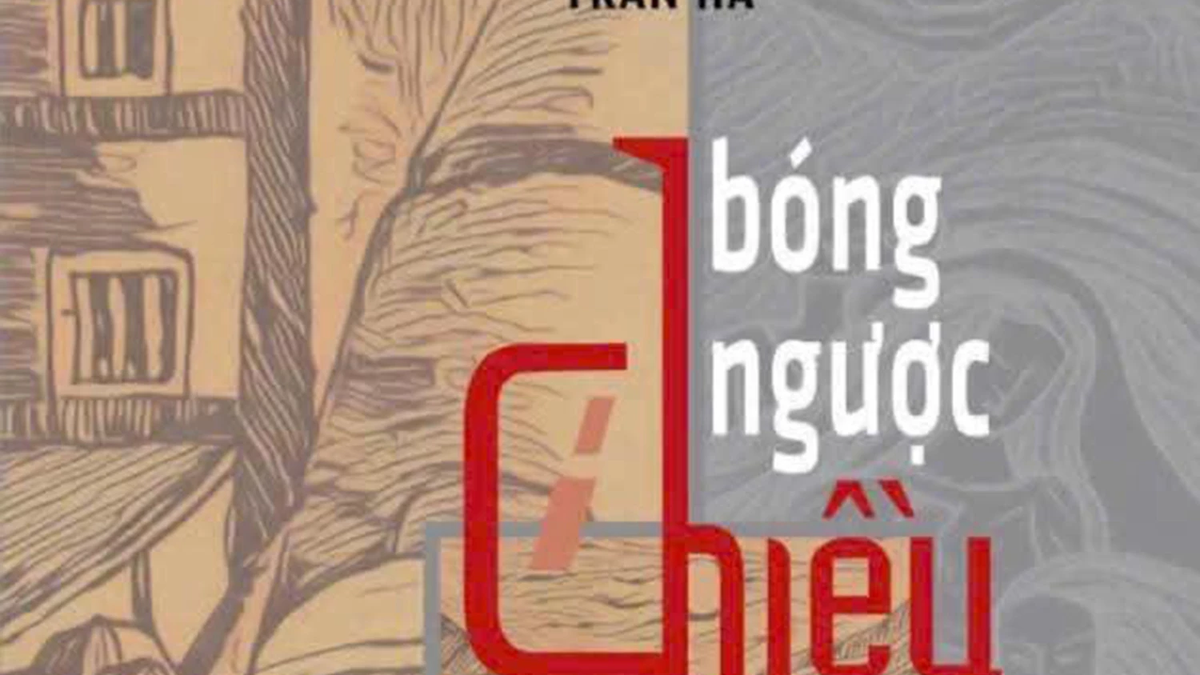
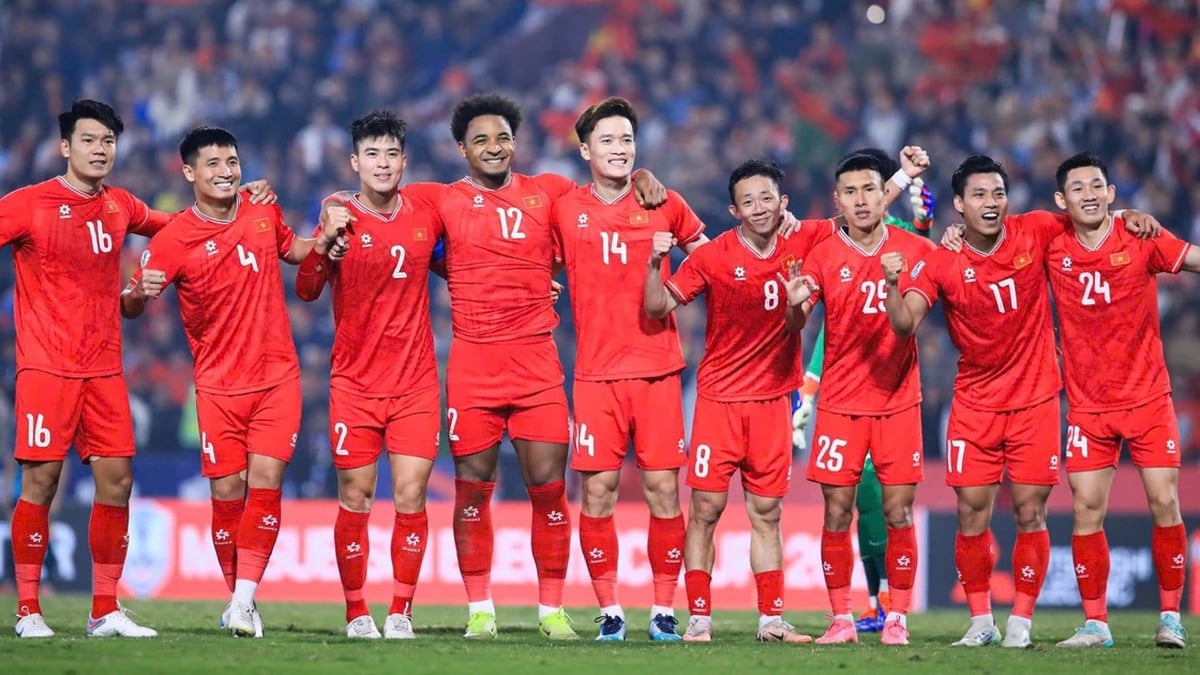
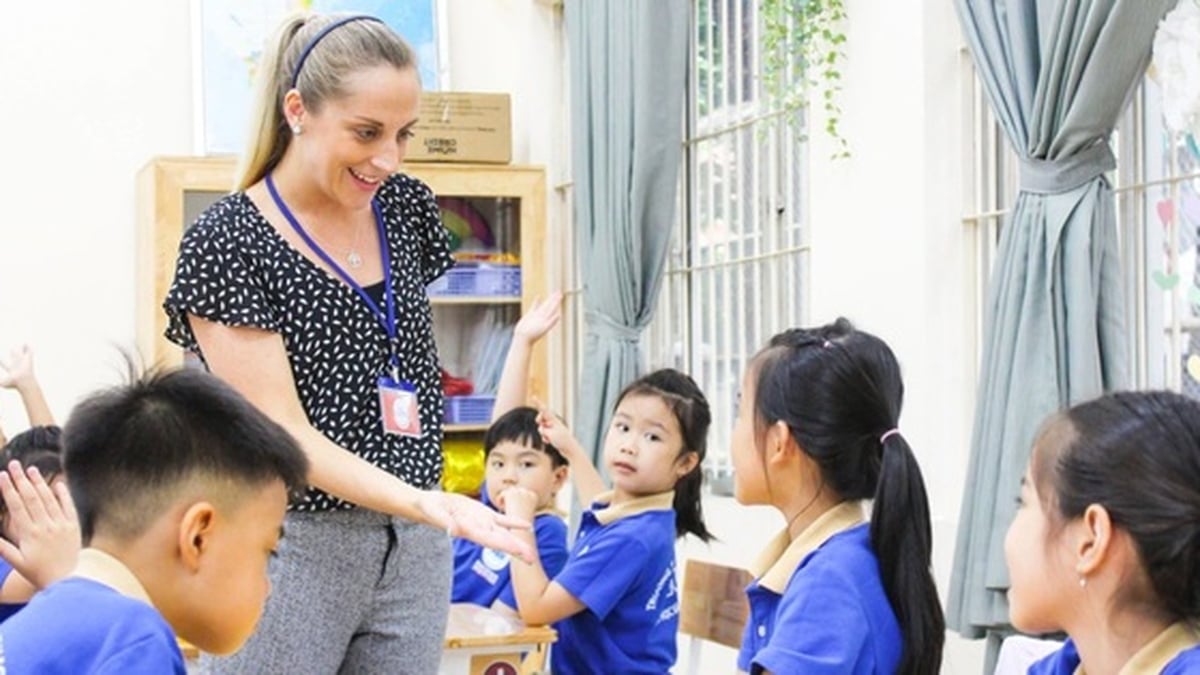

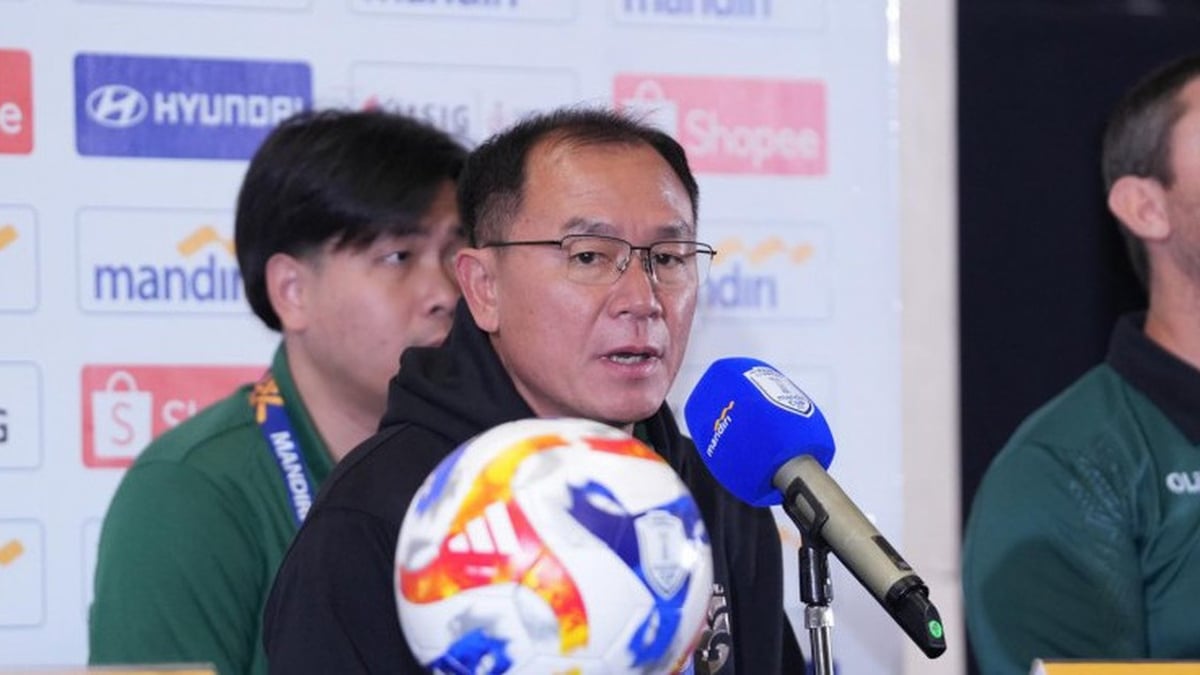
![[Video] More than 100 universities announce tuition fees for the 2025–2026 academic year](https://vphoto.vietnam.vn/thumb/1200x675/vietnam/resource/IMAGE/2025/7/18/7eacdc721552429494cf919b3a65b42e)
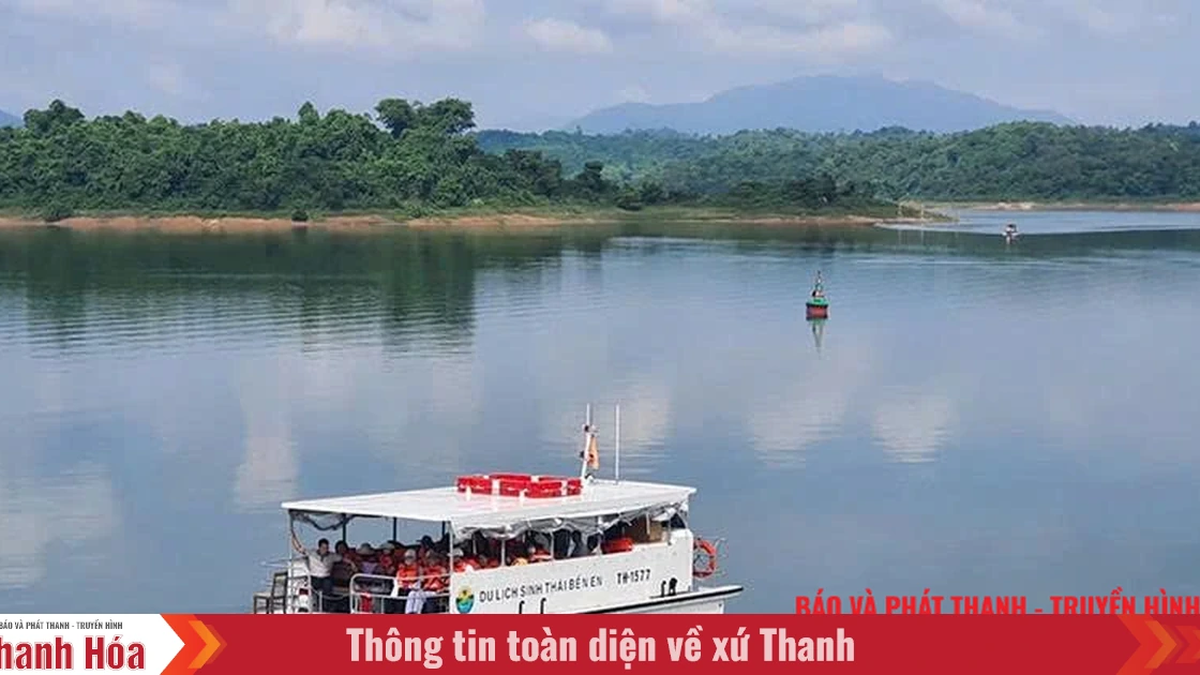


















































































![[Infographic] In 2025, 47 products will achieve national OCOP](https://vphoto.vietnam.vn/thumb/402x226/vietnam/resource/IMAGE/2025/7/16/5d672398b0744db3ab920e05db8e5b7d)





Comment (0)